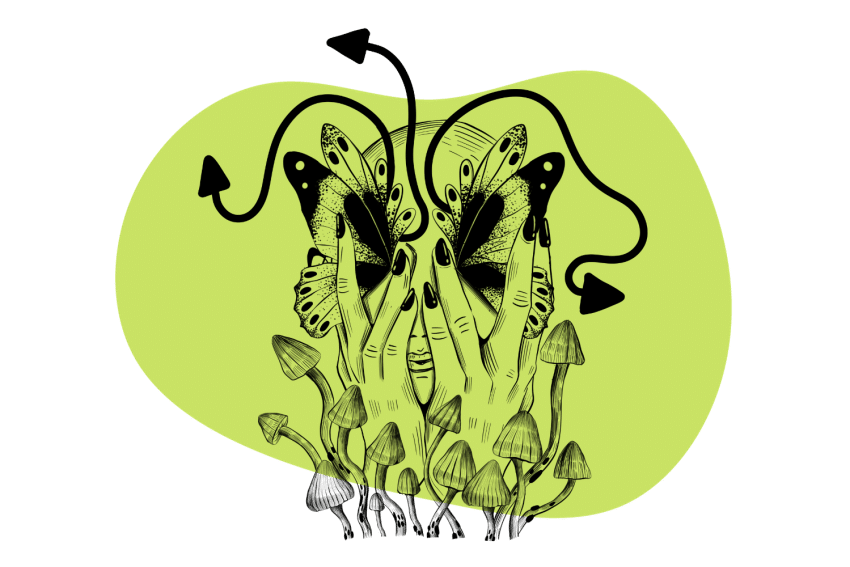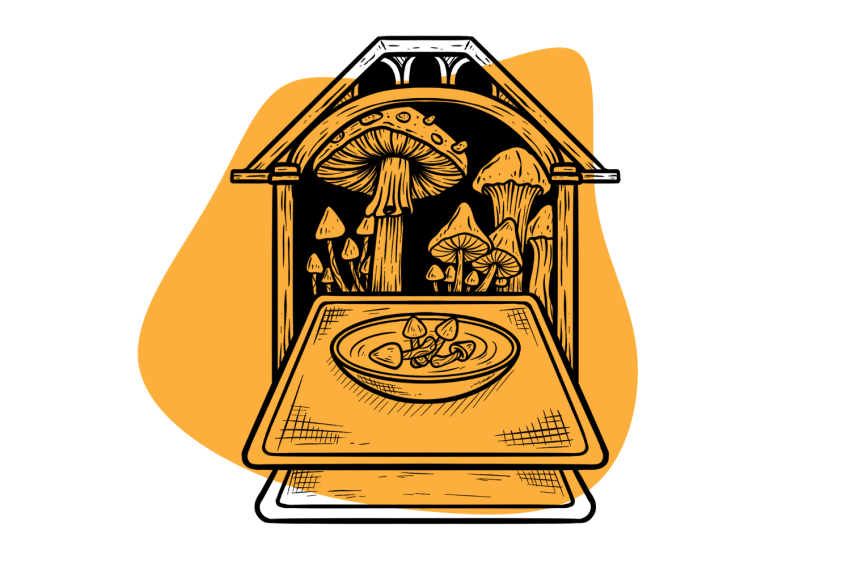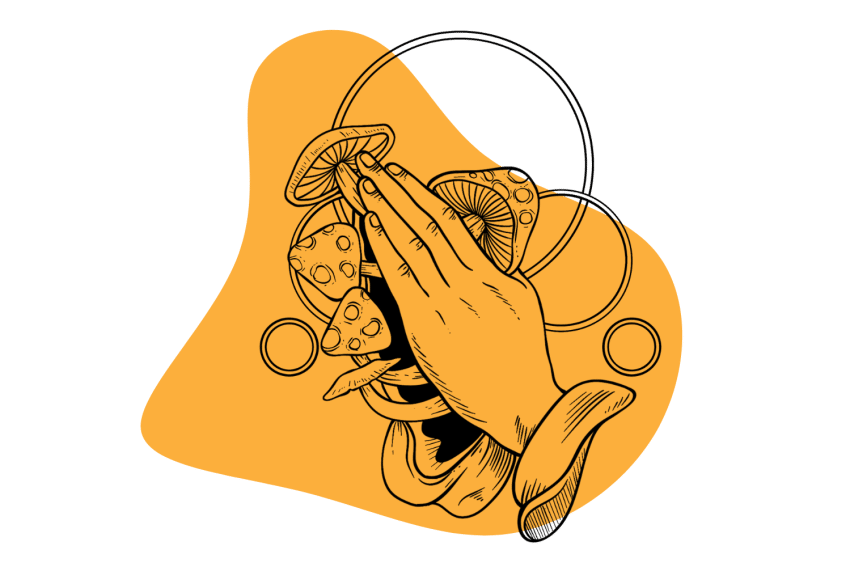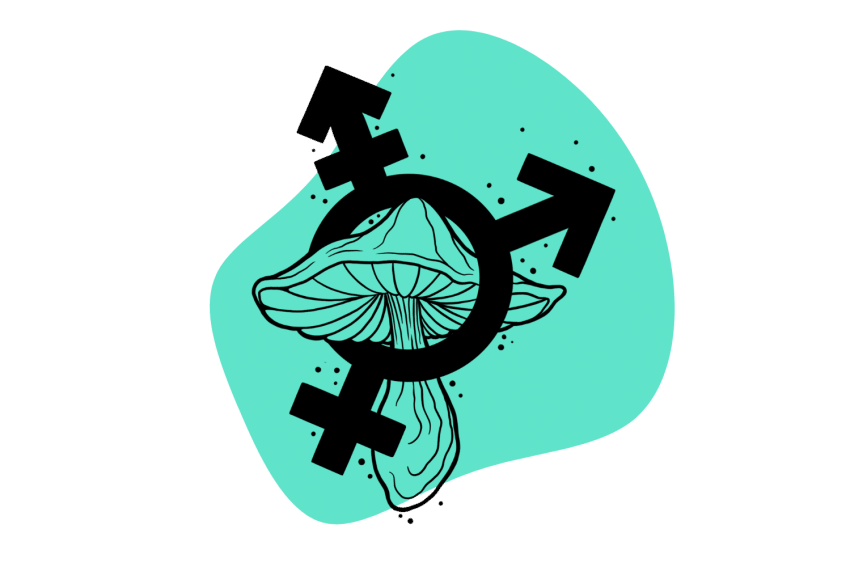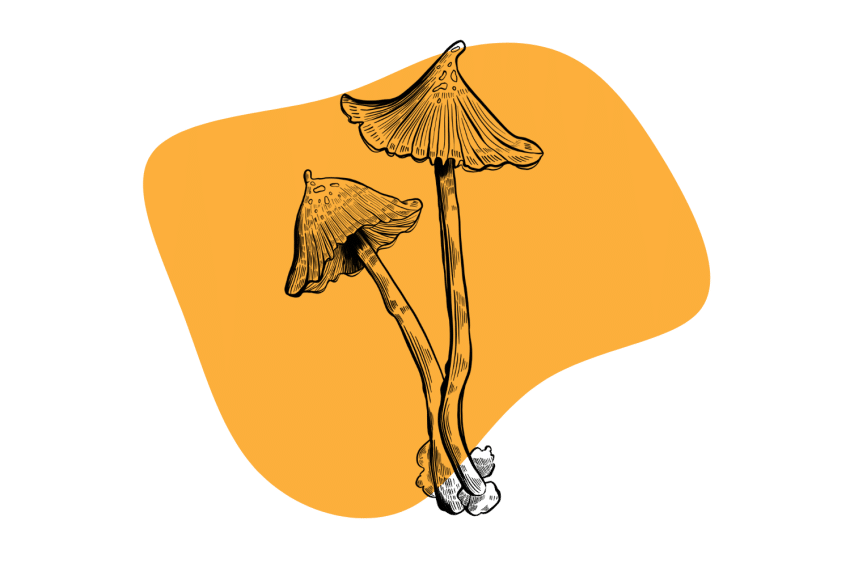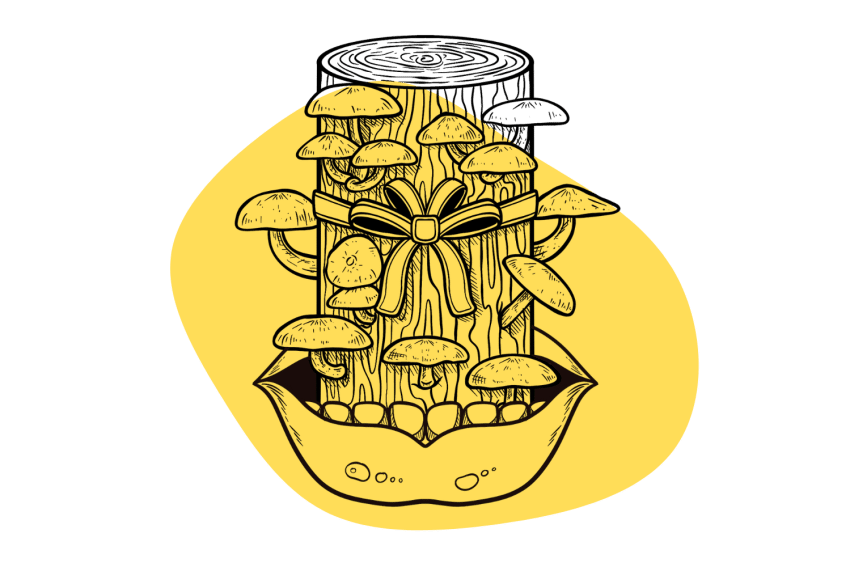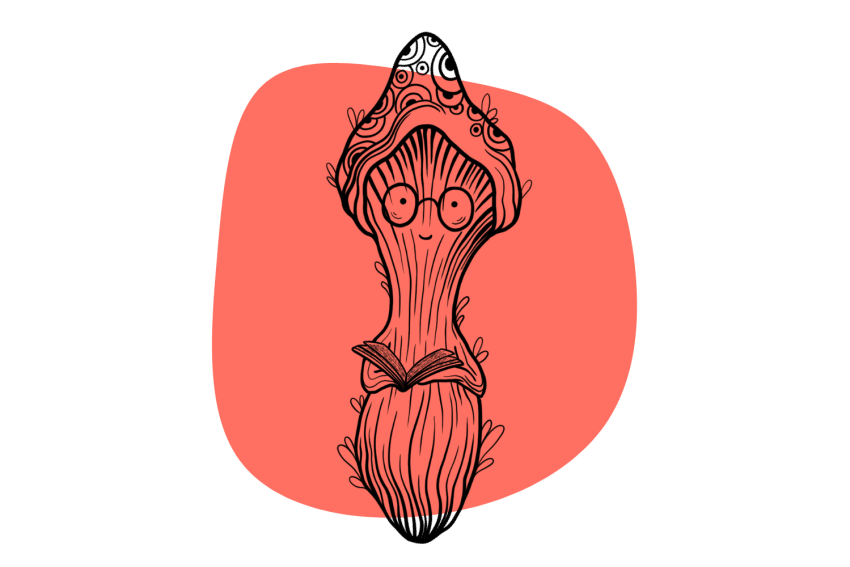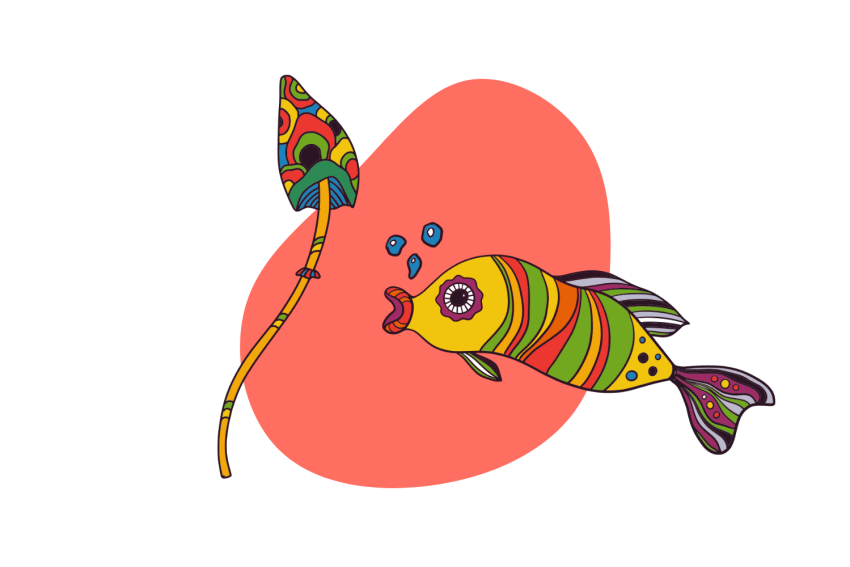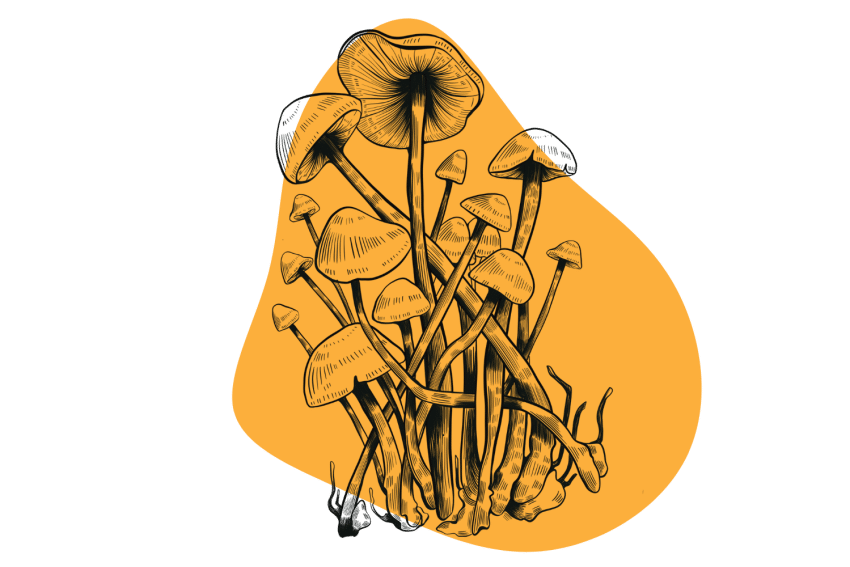The PESA Strain: An Amazonian Strain of P. Cubensis
The PESA strain might be disappointing in potency but makes up for it somewhat with its remarkably large mushrooms. It’s also very quick to colonize and produce fruit.
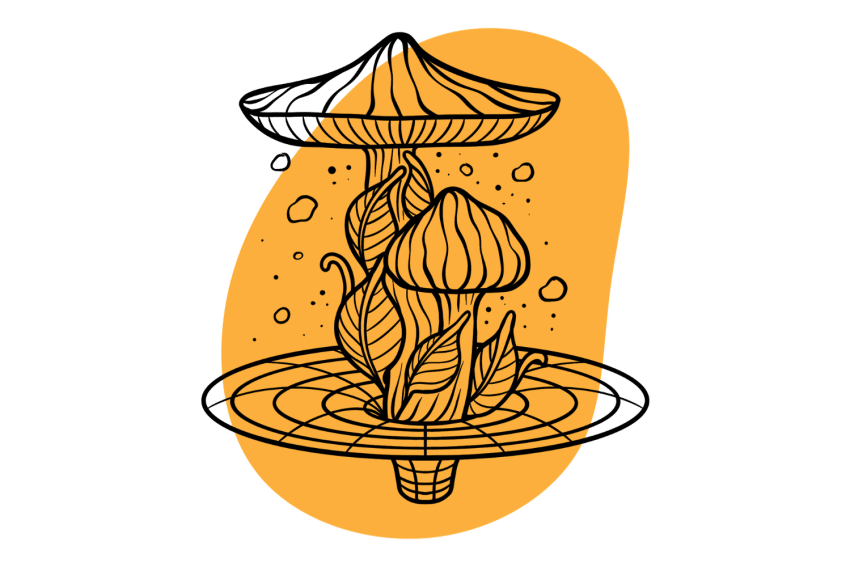
Many people get confused about what exactly the PESA strain is. Some say this strain is a copy of the more famous B+ strain; others claim it’s a hybrid between Psilocybe cubensis and Psilocybe azurescens.
PESA stands for “Pacific Exotica Spora Amazonia.” It got this name from the spore vendor that developed it — Pacifica Exotica Spora (PES).
This strain sometimes goes by other names, like the Amazon Strain, Amazonian Cubensis, and PES Amazonia. It’s unclear whether this strain is the same as the Amazon strain, as both mushrooms have similar but distinct growth habits.
The PESA strain has below-average potency compared to the hundreds of other P. cubensis strains.
PESA produces enormous fruiting bodies that grow surprisingly quickly. Caps with a diameter of over 15 centimeters and stems of around 20 centimeters are not uncommon. The caps are reddish brown, becoming more of a golden brown color through maturity; they flatten out and are convex as they begin to sporulate. The stems are yellowish white and bruise a blue-green color when damaged.
One of the reasons this giant mushroom grows so quickly is because of its hollow stems. Because of this factor, the mushrooms’ colossal size often diminishes when they’re dried. Regardless, a single dried shroom can often fill the palm of a hand.
This article will look at this strain in depth, from its history and unusual backstory to its potency. We’ll also help you find a reliable spore vendor that stocks the strain and provide tips on cultivating PESA effectively.
PESA Strain Specs
| Potency | Weak 🐁 |
| Cultivation | Easy |
| Species | Psilocybe cubensis |
| Substrate Recommendation | Rye Grain, Coco Coir & Vermiculite, BRF Cakes, & Bird Seed |
| Sold By | Spores 101 (🇺🇸/🇨🇦), Miracle Farms (🇺🇸/🇨🇦), Sporeslab (🇨🇦), The Magic Mushrooms Shop (🇪🇺) |
History of the PESA Strain
PESA was initially sold by the Pacifica Exotica Spora vendor. This is where it got the name “PESA,” or Pacifica Exotica Spora Amazonian, in long form. It used to be trendy to include the name of the company that “discovered” the strain in the strain name — this is no longer common practice.
Some believe the PESA strain is identical to the more well-known “Amazon cubensis” or “Amazon strain” mushroom — but there’s some debate about this. Both strains produce similar, large mushrooms, but PESA tends to form denser clusters and have darker caps than the classic Amazon strain.
Most likely, the PESA strain is a genetic isolation from the original Amazon strain. It’s believed the original Amazon Cubensis strain was discovered and brought back to the United States by Terence and Dennis McKenna in the 1970s after a trip to the rainforest searching for psychedelics.
Psilocybe cubensis and many other psychedelic mushroom species have been used as part of spiritual ceremonies and healing for centuries by the native people of South and Central America. There are many different species of psilocybin-containing mushrooms here, including Psilocybe cubensis.
Potency & Psilocybin Content
PESA has below-average potency. The average combined psilocybin and psilocin levels across several samples submitted to the Psilocybin Cup is just 0.43%. This is below what we consider the “average magic mushroom potency” range of 0.5% to 0.9% (dried weight).
As with any psychedelic mushroom, potency is greatly affected by growing conditions, substrate, and fluctuations in environmental conditions. One shroom can be highly-potent, whereas another can be relatively mild. It’s all about how the mushroom is cultivated or the conditions and location in which it grows.
The classic Amazon strain, by comparison, is much stronger. The average total tryptamine levels for this mushroom is closer to 1.4% — more than three times the potency of PESA.
Where to Buy PESA Strain Spores
PESA is a relatively common strain, and spores can be found for sale from various trustworthy spore vendors. Although spores aren’t hard to come by, you may struggle to find them since this strain goes by several different names.
If you can’t find this strain when searching spore vendors for PESA, try Amazonia, Amazon, PES Amazonian, or Amazon Cubensis instead. Although listed differently depending on the vendor, they are all the same strain.
Here are some of our favorite vendors that offer PESA or similar genetics:
- If you live in the United States — MYYCO, Spores 101, Miracle Farms
- If you live in Canada — Spores 101, Sporeslab, Planet Spores
- If you live in Europe — The Magic Mushrooms Shop (🇪🇺), Shiny Spores (🇬🇧)
→ View all spore vendors & grow kit suppliers
How to Grow PESA Shrooms
PESA is notorious for its rapid colonization, contamination resistance, and prolific flushes. This strain is easy to cultivate and can cope with unoptimized growing environments. However, if you want to produce the biggest mushrooms, keep the temperature and humidity in the growing environment as stable as possible.
PESA isn’t particularly fussy with the growing substrate. People have had good results on rye grain, coco coir, and vermiculite, BRF (brown rice flour) cakes, and wild bird seed.
Temperature-wise, PESA will do well during the incubation phase at temperatures between 68-82 degrees Fahrenheit (20 and 28 degrees Celsius). During the fruiting stage, keep the temperature inside the chamber between 73 and 82 degrees Fahrenheit (23 and 28 degrees Celsius).
The easiest way to cultivate PESA is to use PF-Tek. This growing method is super simple and effective for many strains of Psilocybe cubensis.
PF-Tek requires some basic equipment that you can buy from your local hardware store, garden center, and pet store.
The technique involves inoculating substrate-filled jars with PESA spores using a syringe. The jars are then left to colonize in a dark warm space. Once the substrate has colonized with mycelium (usually one to two weeks), the cakes can be removed and placed in a fruiting chamber.
The fruiting chamber consists of a simple translucent box with holes drilled in it for airflow. Place a heat mat underneath to control temperature, and humidity can be regulated by spraying the inside walls with a mister.
The cakes will begin to fruit in the chamber, and the mushrooms can be harvested as they mature. Eventually, the mycelium colonies will succumb to mold and cease producing mushrooms. At this point, they can be discarded, and the process can be repeated.
If you want to learn how to cultivate magic mushrooms using the PF-Tek method, check out our guide on how to cultivate magic mushrooms.
Other Strains Collected by the McKenna Brothers
PESA was discovered by Dennis and Terence McKenna. However, it’s not the only strain of Psilocybe cubensis found by the brothers in the Amazon.
There is one other strain that shares some of the same growth characteristics as the Amazon (PESA) strain. The strain has no “real” name and was discovered by the McKenna brothers while traveling through the rainforest.
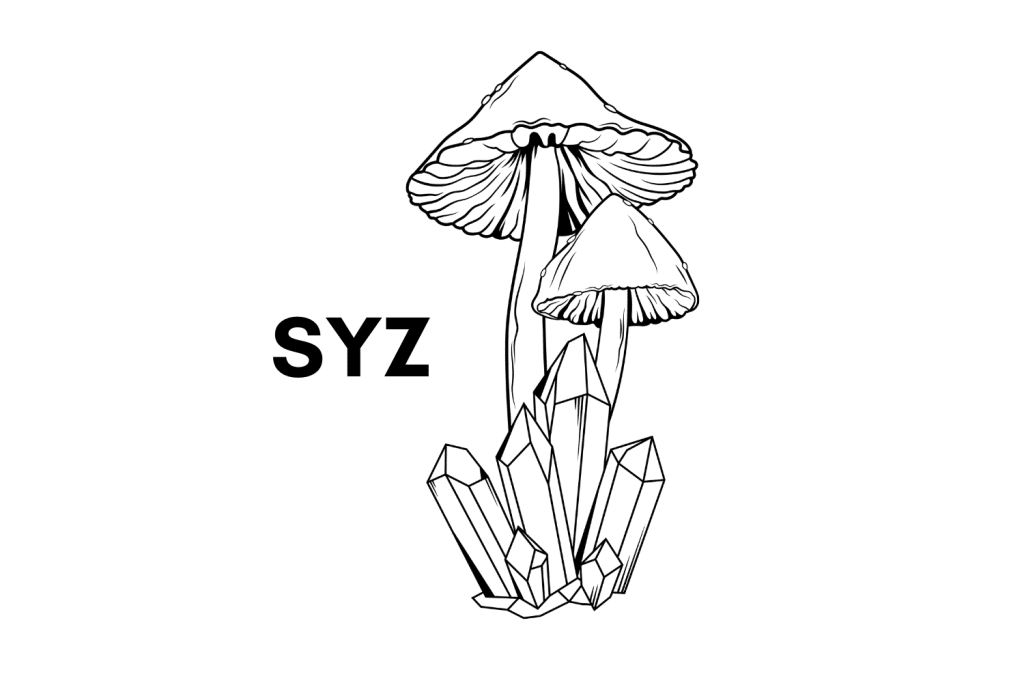
Syzygy (SYZ)
Syzygy is a strain of Psilocybe cubensis that was discovered by Dennis and Terrance McKenna during their expedition in the Amazon rainforest back in the 1970s.
This strain is rather peculiar because it was for sale in Terrance McKenna’s shop for several years but had no name. Terrance’s shop sold spores, books, and psychedelic paraphernalia. It was called Syzygy — which is where this “unnamed” strain claimed its eventual name from.
Syzygy is said to have average potency, but it’s incredibly easy to grow if you find the genetics. It’s a good choice for the beginner who’s looking for something a little different to start with. It produces large mushrooms that often topple over as they gain weight — something to keep in mind if you cultivate it.
Other Large Magic Mushroom Strains
PESA is famed for producing large mushrooms. It’s not the only strain capable of producing big fruiting bodies, though, so check out these if you’re looking to produce some larger-than-average shrooms:
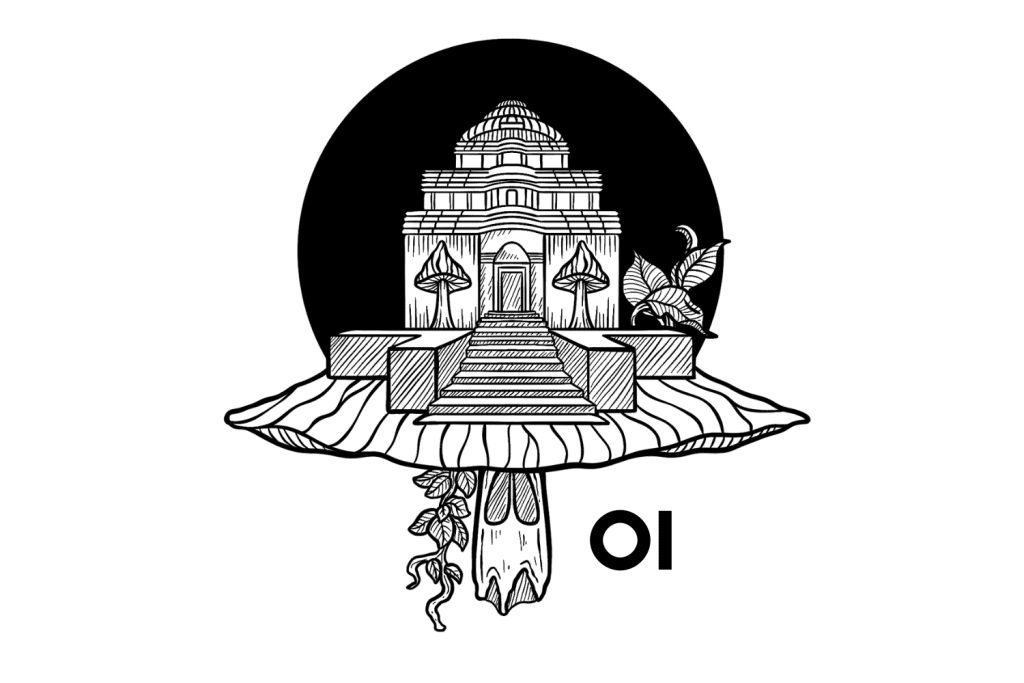
Orissa India (OI)
The original sample of Orissa India was found growing in cow dung close to a temple in Orissa, India. It’s an incredibly potent strain of Psilocybe cubensis and can produce some impressively large mushrooms.
Orissa, India, once held the record for the largest ever cultivated Psilocybe cubensis mushroom. A South American Cubensis mushroom has since beaten the record, but the Orissa mushrooms are monstrous nonetheless.
This is a relatively easy strain to grow. It can be cultivated using PF-Tek, but the mycelium cakes must be supported in the fruiting chamber because the heavy shrooms often topple over under their own weight.
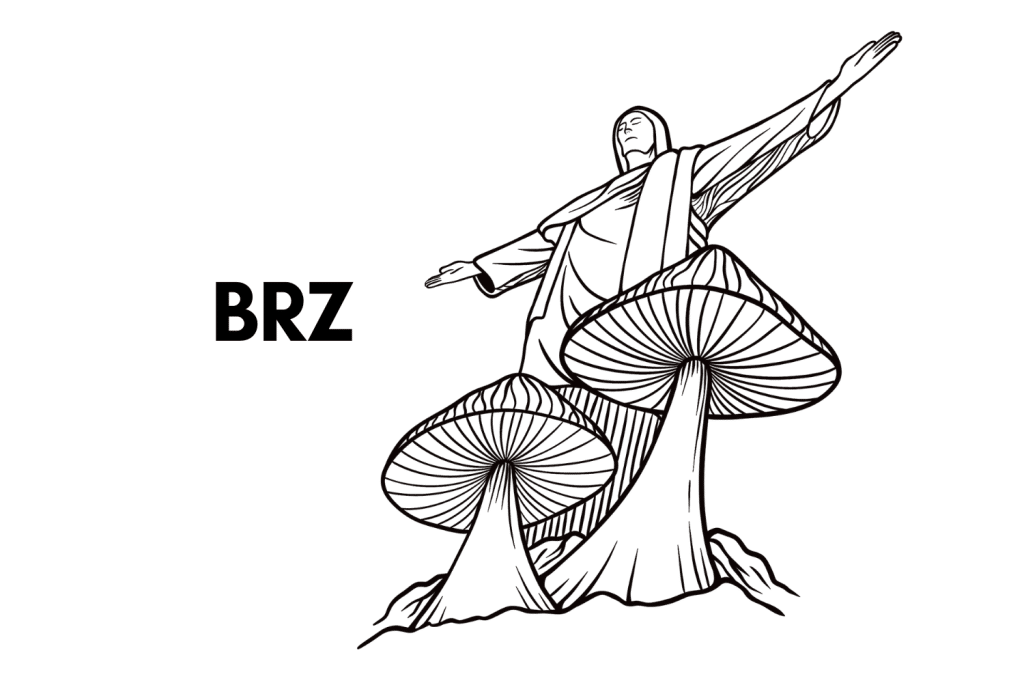
Brazilian (BRZ)
The Brazilian strain is famous for being an aggressive colonizer. It’s incredibly resistant to contamination and can thrive in an unoptimized growing environment — this makes it the ideal strain for the beginner looking for something a little different to grow.
Brazilian has the potential to produce some absolutely monstrous-sized mushrooms. They can easily grow larger than 20 inches in the wild but are a little smaller when cultivated in artificial conditions.
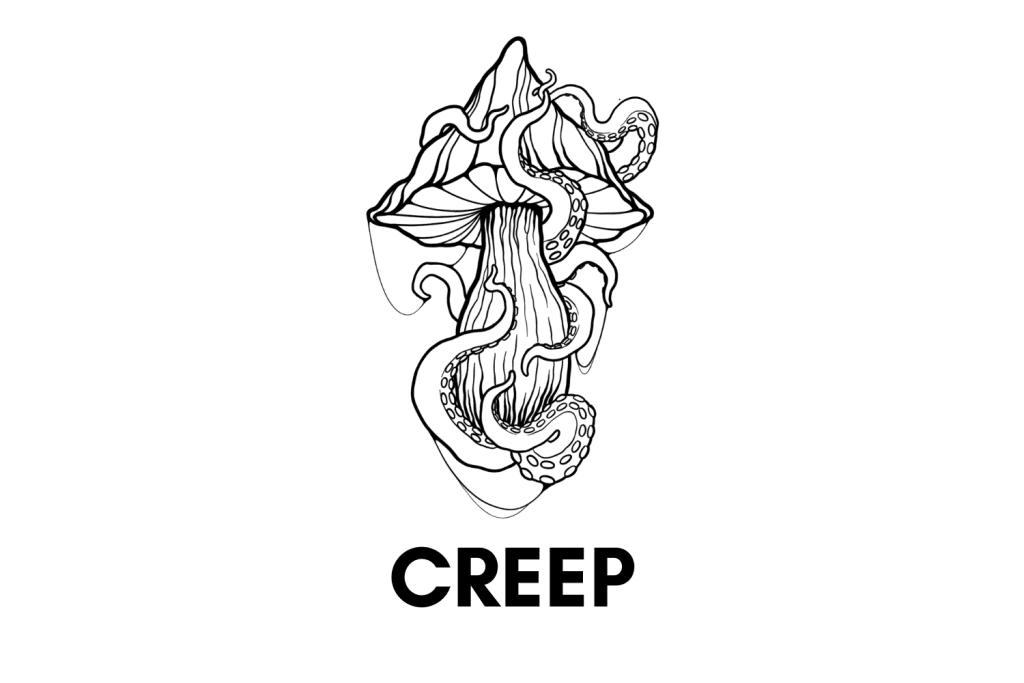
Creepers (CREEP)
This strain is an isolation of a mutation of the Cambodian strain. Originally, this strain was sold under the name “Keeper’s Creepers,” but now it’s simply known as Creepers.
Unsurprisingly, Creepers share many similarities with the Cambodian strain. However, its mushrooms can grow much larger than the strain it was isolated from.
This is a potent strain, and impressive yields are possible through multiple flushes. Being a Southeast Asian strain, Creepers is resistant to contamination, can grow in an unoptimized environment, and is an aggressive colonizer and fruiter.
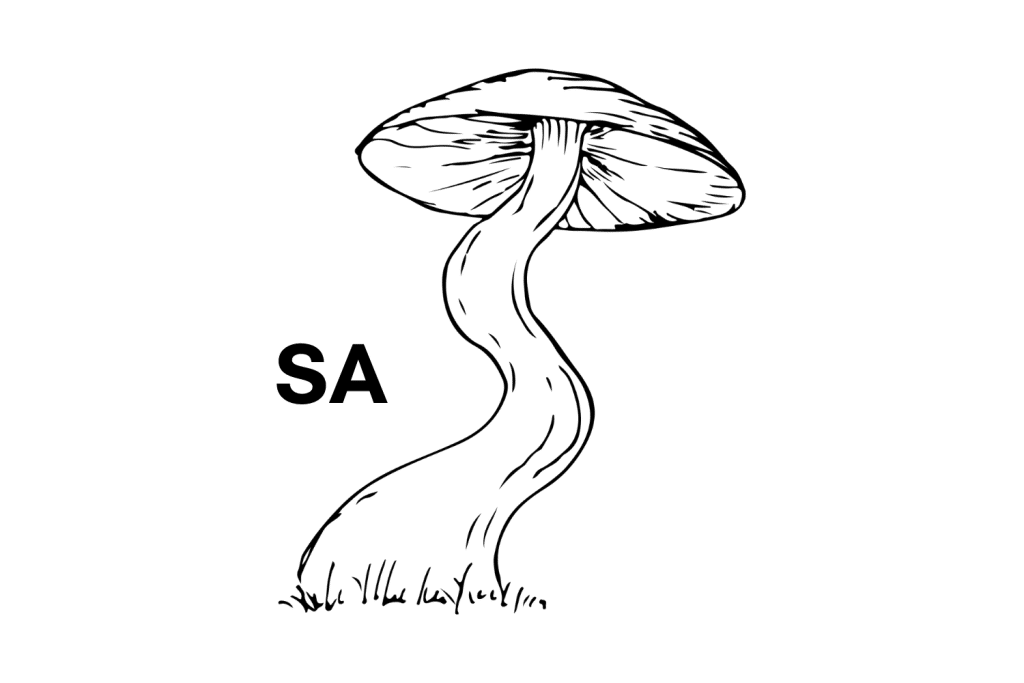
South American (SA)
South American produces some colossal mushrooms. This strain currently holds the record for the largest ever cultivated Psilocybe cubensis mushroom. The frequent Shroomery user P. Menace holds the title for growing the humongous shroom.
If you want to grow the biggest magic mushrooms possible, there really is no replacement. South American is the best strain for the person who wants to cultivate monstrous mushrooms.
The shrooms have above-average potency, and the strain is surprisingly easy to grow thanks to its resistance to contamination and ability to grow in unoptimized environments. However, if you want to grow the biggest and best shrooms, the growing environment should be kept as stable as possible.
Strains vs. Species: What’s the Difference?
PESA is a strain of the species Psilocybe cubensis. There are hundreds of different strains with alternate qualities within this species.
So, what are strains exactly?
Strains are genetic variants within a species. Although strains can differ from one another in several ways, their genetic makeup groups them under a single species. There are hundreds of psychedelic mushroom species, and each species has several different strains within them.
The many different strains of Psilocybe cubensis all have vast differences in appearance. Strains can also differ chemically, with some strains producing huge psilocybin levels and others producing significantly lower levels.
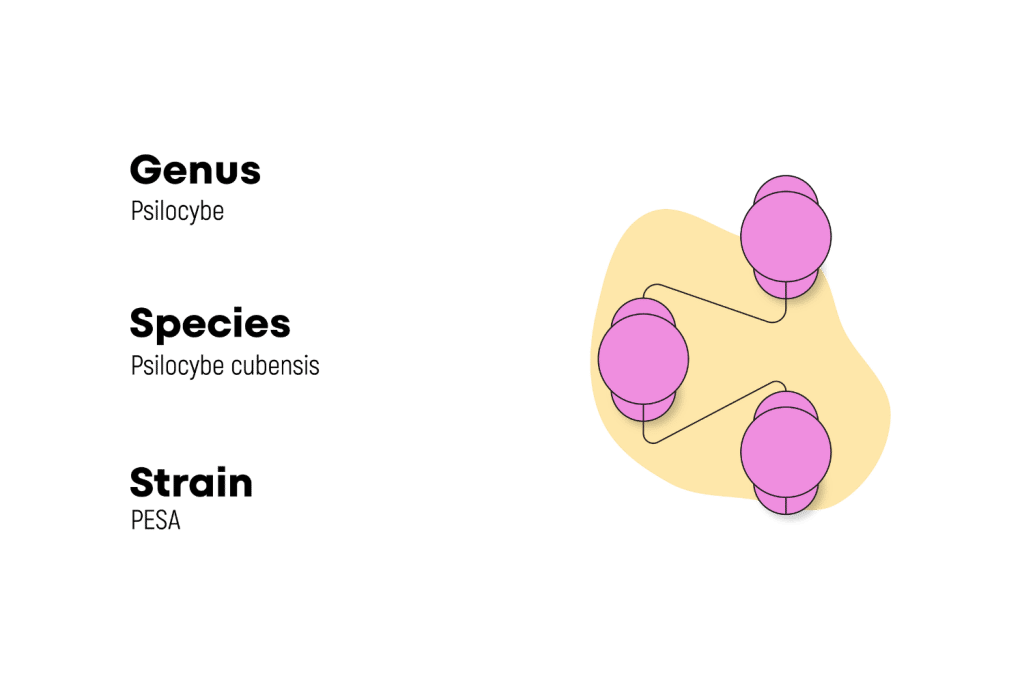
Strains can differ from one another in growth characteristics as well. Some strains produce dense clusters of fruiting bodies, whereas others produce sparse clusters of small mushrooms over several flushes. Although the strains of P. cubensis can vary from one another, they’re all the same species.
It’s not just mushroom species that have different strains, either. There are hundreds of different strains within the plant and animal kingdoms as well.
Organisms produce genetic variants (strains) naturally to combat environmental challenges, but humans also create strains. We’ve crossbred many strains of cannabis and magic mushrooms to create new strains with desirable qualities. We create new strains to bring out resistant traits, increase potency, change flavors, and much more.

